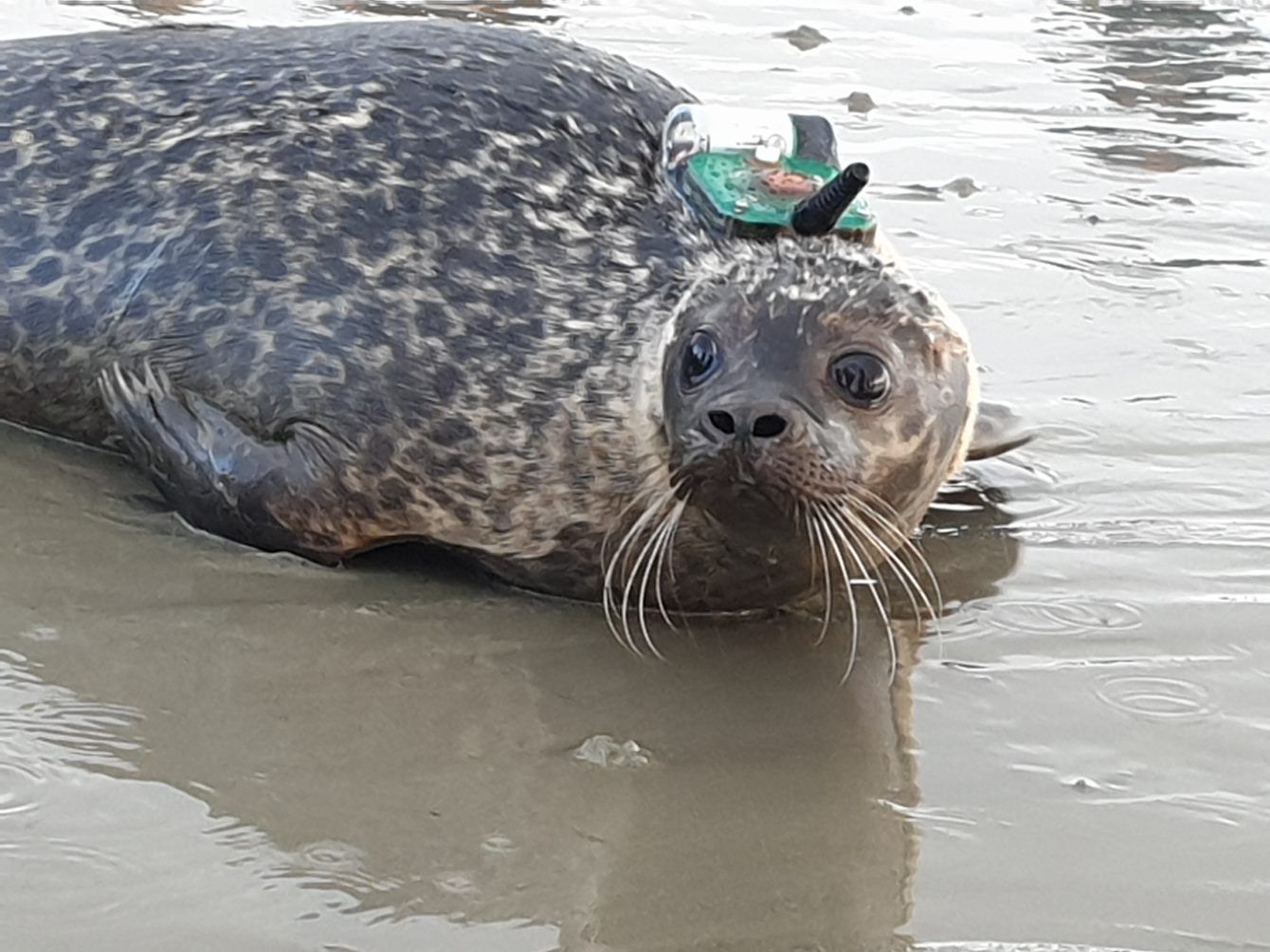Keep Up To Date
Keep up to date with our latest calls, project results & activities, programme news & events. We won't clutter up your inbox, we'll only email you when we've got something important to share!

| Programme | INTERREG VA |
|---|---|
| Theme |
Environment
|
| Funding | €4,664,863
|
| Match Funders |
|
| Lead Partner | Loughs Agency
|
| Project partner |
|
| Project Website | |
| |
SeaMonitor was a unique marine research project, studying the seas around Ireland, western Scotland and Northern Ireland.
SeaMonitor was a unique marine research project, studying the seas around Ireland, western Scotland and
Northern Ireland. The project aimed to address three Programme Output Indicators and deliver the INTERREG VA objective of developing cross-border capacity for the monitoring and management of marine protected areas and species. It has delivered Europe’s largest telemetric marine array and spatial models supporting the conservation of basking shark, cetaceans, salmon, seals and skate. It also provided three management plans: one for skate from Loch Sunart to the Sound of Jura and two for salmon in the River Foyle and Clyde estuaries. The project was jointly developed by all the partners and jointly implemented with partners working together across a range of activities. Working relationships will be further strengthened with existing projects such as COMPASS, MarPAMM, Catchment CARE, and SWELL.
The SeaMonitor project has delivered five models, informed three Management Plans and extended ethe COMPASS network of buoys from the east coast of the island of Ireland to the north establishing a physical connection of acoustic receivers between the island of Ireland and Scotland. The enhanced monitoring capability will provide extended geographical cover on an important route for monitoring of several migratory species. This project has a partnership of nine funded partners in Northern Ireland, Ireland and Scotland, with non-funded partners located in Canada and the US. It should be noted that the Canadian and US partners are not allocated any funding but bring additional expertise to the project.
Ariel and Merida were the first rehabilitated seal pups in Northern Ireland to be equipped with trackers before their release in November 2019. This equipment allowed scientists to closely monitor their behaviour after rehabilitation, as well as their diving and feeding habits in the wild. Since their release the trackers have indicated a much longer range of travel then scientists predicted, extending across the Irish Sea to England and Wales. In early March Ariel ended up on the shores of North Wales having made the journey from Northern Ireland to the coast of Scotland, then the Isle of Man and onto the coast of North Wales. They were followed in February 2020 by Darby, Esmeralda and Mulan, another tracked release of seals pups. This mission was made possible by the University College Cork, Exploris Aquarium and Loughs Agency, as part of the Sea Monitor project. Since seals are considered as a protected species in the UK and Europe, scientists wish to give them the utmost protection and strive to rescue them and give them a release in the natural habitat whenever they can.
We use state-of-the-art tags glued to the seals’ fur which drop off naturally during the seal’s annual moult, but until then provide information on where the seals are going as well as their dive behaviour. This gives us unique insights into post-rehabilitation survival and how juvenile seals learn to forage successfully in the wild.
Dr Mark Jessopp, lead scientist from University College Cork who released Ariel and Merida.